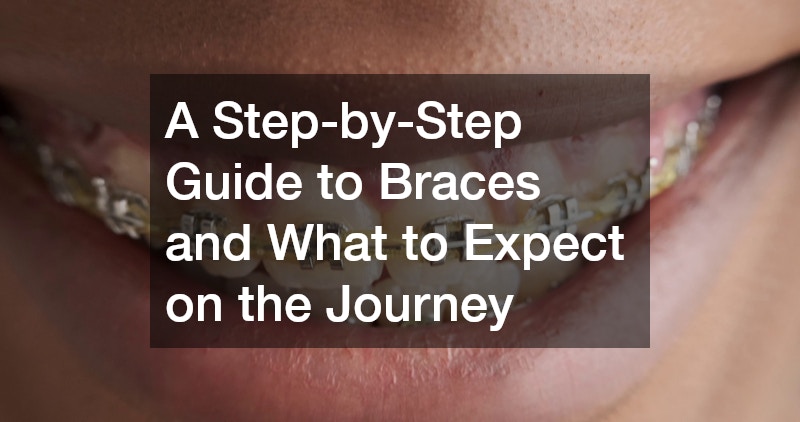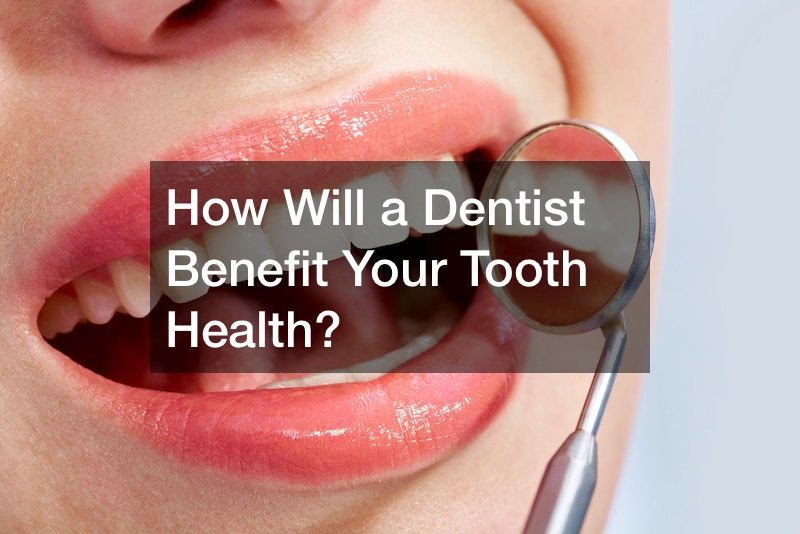Braces have become a common solution for individuals seeking to improve their dental health and achieve a confident smile. While often associated with adolescents, people of all ages can benefit from orthodontic treatment to address various dental concerns, including misaligned teeth, overcrowding, and bite issues. Understanding the significance of braces, the different types available, and the overall treatment process can empower individuals to make informed decisions about their oral health. This article explores the reasons behind the need for braces, their impact on dental health, and essential care routines to ensure a successful orthodontic journey.
Why Do People Need Braces?
Understanding Orthodontic Issues
Many individuals experience dental problems that necessitate the use of braces, including misaligned teeth and overcrowding. Such orthodontic issues can lead to difficulties in maintaining oral hygiene, potentially causing tooth decay and gum disease. Braces act as a corrective measure, alleviating these problems and promoting overall oral health.
The Role of Braces in Dental Health
Beyond achieving an aesthetically pleasing smile, braces offer substantial benefits to dental health by properly aligning the teeth. Proper alignment prevents excessive wear on certain teeth, reducing the risk of cavities and periodontal disease. Additionally, well-aligned teeth can improve chewing efficiency and support overall digestive health.
Patient Age and Suitability
Orthodontic evaluations are typically recommended for children by age seven, allowing practitioners to identify and address potential issues early. While braces are most commonly associated with adolescents, more adults are seeking orthodontic treatment to address long-standing dental concerns. Suitability for braces takes into account factors such as the individual’s dental health, jaw structure, and personal goals.
What Are the Different Types of Braces?
Traditional Metal Braces
Traditional metal braces remain the most common and effective option for correcting a wide range of orthodontic issues. Comprised of high-grade stainless steel, these braces offer durability and precision in tooth movement. Metal braces are often complemented by colorful elastics, making them a versatile choice for patients seeking personalization.
Ceramic and Clear Braces
For those who are conscious of the appearance of traditional braces, ceramic and clear braces present an appealing alternative. Made from tooth-colored or clear materials, these options offer a more discreet treatment while ensuring effective tooth alignment. Ceramic braces are especially popular among adults and older teens who want a subtler look without compromising results.
Invisalign and Other Alternatives
Invisalign is a popular alternative to traditional braces, utilizing clear aligners for a virtually invisible treatment. These removable aligners allow for greater flexibility in eating and cleaning, significantly enhancing comfort and convenience for patients. Moreover, other alternatives like lingual braces, which are placed on the backside of the teeth, continue to gain popularity for their nearly invisible design.
How Does the Braces Installation Process Work?
Initial Consultation
The journey to braces begins with an initial consultation, where the orthodontist assesses dental health and creates a customized treatment plan. This appointment often includes X-rays, photographs, and teeth impressions to support the diagnosis and guide the treatment. During this consultation, patients have the opportunity to discuss concerns and ask questions regarding their upcoming braces journey.
Fitting and Adjustment
Once the treatment plan is established, the fitting process for braces commences with the careful placement of brackets and wires by the orthodontist. During periodic visits for adjustments, wires are tightened to gradually guide teeth into their desired positions. It is essential for patients to attend these adjustment appointments to ensure the treatment progresses as planned.
Managing Discomfort
Experiencing some discomfort and soreness is common after braces installation and adjustments, as the teeth begin to move. Patients can alleviate discomfort through the use of orthodontic wax, saltwater rinses, and over-the-counter pain relief. Maintaining a soft-food diet during initial adjustments can also ease discomfort and help adjust to the new oral appliances.
What Is the Maintenance and Care Routine for Braces?
Daily Cleaning and Hygiene
Maintaining oral hygiene is crucial while wearing braces to prevent tooth decay and staining around the brackets. A meticulous cleaning routine, including brushing after every meal and using interdental brushes or floss threaders, is essential. Regular hygienist appointments also ensure professional cleaning and monitoring of oral health throughout treatment.
Dietary Restrictions
Individuals with braces must be mindful of their diet, avoiding hard, chewy, or sticky foods that can damage braces. Foods like popcorn, hard candies, and nuts are discouraged, while softer options like pasta, yogurt, and cooked vegetables are better choices. Adapting one’s diet not only protects braces but also supports overall dental health during treatment.
Handling Emergencies
Orthodontic emergencies, such as broken brackets or poking wires, require prompt attention to ensure treatment remains on track. Patients should contact their orthodontist for advice on temporary solutions until professional help can be sought. Timely management of such issues prevents discomfort and keeps the orthodontic process moving forward smoothly.
How Long Will the Braces Treatment Last?
Factors Influencing Treatment Duration
The length of time a patient will need to wear braces varies based on several factors, including the severity of the dental issues and patient compliance. On average, braces are worn for 18 to 24 months, although some cases may require a shorter or longer duration. Factors such as the patient’s age, their oral health, and the type of braces used also play a role in determining treatment length.
Braces represent a vital component of orthodontic treatment, offering numerous benefits beyond just aesthetic improvements. By addressing issues such as misalignment and overcrowding, braces play a significant role in enhancing overall dental health and functionality. Whether through traditional metal braces, ceramic options, or innovative aligners like Invisalign, patients have various choices tailored to their needs and preferences. With proper care and maintenance throughout the treatment process, individuals can achieve not only a beautiful smile but also improved oral hygiene and long-term health. Ultimately, investing in braces is an investment in one’s confidence and well-being, paving the way for a lifetime of healthy smiles.




